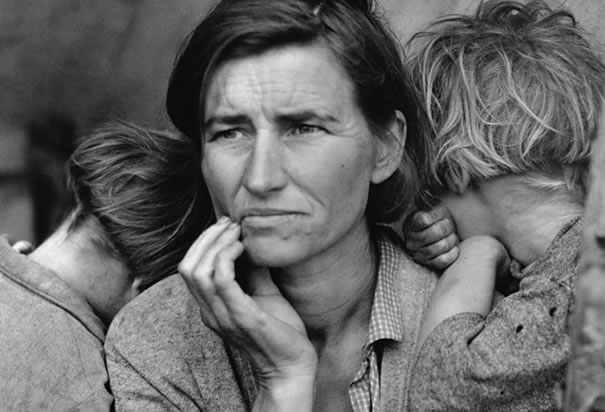Yesterday, as we were wrapping up our work session for history, we began to discuss the learning targets for our tableaux projects. Here are the learning targets we are trying to hit through text, media, collaboration, and performance:
I can identify main ideas, analyze supporting details, and evaluate inferences within discipline specific readings.
I can apply content in order to evaluate relationships of people and ideas and draw conclusions.
 How are we showing that we are meeting these learning targets by creating our tableaux? What are some of the main ideas or THEMES that are being displayed through our tableaux? Can we find any patterns that reoccur?
How are we showing that we are meeting these learning targets by creating our tableaux? What are some of the main ideas or THEMES that are being displayed through our tableaux? Can we find any patterns that reoccur? Sincerely,
C

From the cluttered mind of C, Teacher
School District of Waukesha
Waukesha STEM Academy




